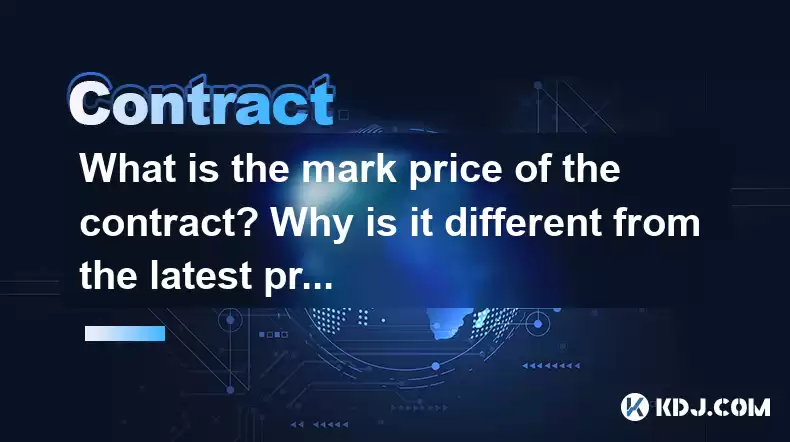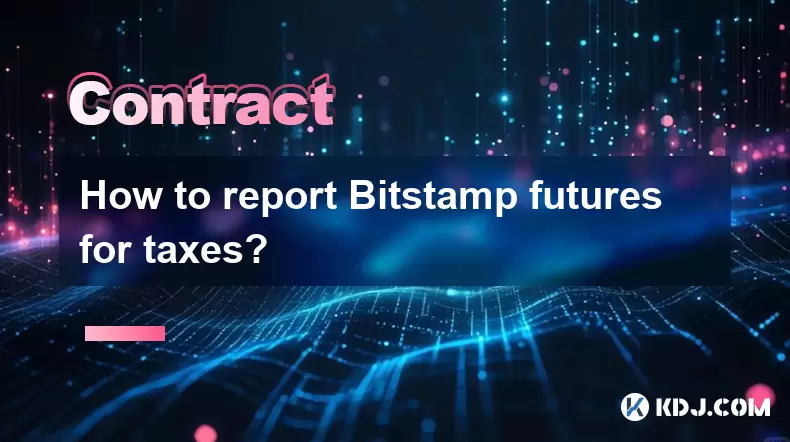-
 Bitcoin
Bitcoin $115000
0.12% -
 Ethereum
Ethereum $3701
4.50% -
 XRP
XRP $3.081
2.99% -
 Tether USDt
Tether USDt $0.0000
-0.01% -
 BNB
BNB $767.9
1.45% -
 Solana
Solana $169.5
3.13% -
 USDC
USDC $0.9999
0.01% -
 Dogecoin
Dogecoin $0.2106
4.30% -
 TRON
TRON $0.3334
1.62% -
 Cardano
Cardano $0.7564
2.54% -
 Stellar
Stellar $0.4165
0.76% -
 Hyperliquid
Hyperliquid $38.75
0.25% -
 Sui
Sui $3.593
3.00% -
 Chainlink
Chainlink $17.08
3.59% -
 Bitcoin Cash
Bitcoin Cash $573.6
4.35% -
 Hedera
Hedera $0.2508
-0.84% -
 Avalanche
Avalanche $23.07
6.46% -
 Ethena USDe
Ethena USDe $1.001
-0.02% -
 Litecoin
Litecoin $120.8
8.17% -
 UNUS SED LEO
UNUS SED LEO $8.943
-0.32% -
 Toncoin
Toncoin $3.400
-5.60% -
 Shiba Inu
Shiba Inu $0.00001255
1.54% -
 Uniswap
Uniswap $9.908
6.32% -
 Polkadot
Polkadot $3.718
2.10% -
 Monero
Monero $303.0
-0.74% -
 Dai
Dai $0.9999
-0.02% -
 Bitget Token
Bitget Token $4.392
0.91% -
 Cronos
Cronos $0.1403
6.31% -
 Pepe
Pepe $0.00001076
1.13% -
 Aave
Aave $267.2
1.80%
What is the mark price of the contract? Why is it different from the latest price?
The mark price, an estimated fair value of futures or perpetual swaps, reduces liquidation risk by countering manipulation and volatility in crypto trading.
Apr 28, 2025 at 10:22 am

The mark price of a contract is a critical concept in the world of cryptocurrency derivatives trading, particularly within futures and perpetual swap markets. It serves as a reference price used by exchanges to determine the unrealized profit and loss (PnL) of traders' positions. The mark price is designed to prevent the manipulation of the contract price and to ensure a more stable trading environment. In this article, we will delve into what the mark price is, why it differs from the latest price, and how it is calculated.
What is the Mark Price?
The mark price is an estimated fair value of a futures or perpetual swap contract. It is calculated using a combination of the latest traded price and the global funding rate or the index price. The primary goal of using the mark price is to reduce the risk of liquidation due to price manipulation or extreme volatility. By using a mark price, exchanges aim to provide a more accurate reflection of the contract's true value, which helps maintain market integrity and fairness.
Why is the Mark Price Different from the Latest Price?
The difference between the mark price and the latest price stems from the methodology used to calculate these values. The latest price is simply the most recent price at which the contract was traded. This price can be susceptible to sudden spikes or drops due to market manipulation or low liquidity, which might not accurately reflect the true value of the asset.
On the other hand, the mark price is a more stable metric. It incorporates an average of the latest traded price and the index price, which is derived from multiple spot markets. This averaging helps smooth out short-term fluctuations and provides a more reliable reference for calculating unrealized PnL. By using the mark price, exchanges can mitigate the impact of market manipulation and ensure that traders are not unfairly liquidated.
How is the Mark Price Calculated?
The calculation of the mark price varies slightly between different exchanges, but the general principle remains the same. Let's take a look at a typical method used to calculate the mark price:
- Identify the Latest Traded Price: This is the most recent price at which the contract was traded on the exchange.
- Determine the Index Price: The index price is an average of the prices from multiple spot markets. This helps provide a more comprehensive view of the asset's value.
- Calculate the Fair Price: The fair price is often calculated using a formula that combines the latest traded price and the index price. For example, one common formula is: Fair Price = (Latest Traded Price + Index Price) / 2.
- Adjust for Funding Rate: In the case of perpetual swaps, the fair price may be further adjusted based on the funding rate, which is a mechanism to ensure the contract price stays close to the spot price. The final mark price might be calculated as: Mark Price = Fair Price + (Funding Rate Time to Next Funding)*.
This method ensures that the mark price is less susceptible to manipulation and provides a more stable reference for traders.
The Role of the Mark Price in Liquidation
The mark price plays a crucial role in the liquidation process. When a trader's position moves against them, the unrealized PnL is calculated based on the mark price rather than the latest traded price. This helps prevent premature liquidations that could occur if the latest price were used, especially during periods of high volatility or market manipulation.
For example, if the latest traded price suddenly drops due to a large sell order, but the mark price remains stable, a trader's position might not be liquidated immediately. This gives the market time to stabilize and reduces the risk of cascading liquidations that could exacerbate market volatility.
Examples of Mark Price in Action
To better understand how the mark price works in practice, let's consider a few examples:
Example 1: Stable Market Conditions: In a stable market, the latest traded price and the index price are likely to be close to each other. As a result, the mark price will be very similar to the latest traded price. Traders' unrealized PnL will be calculated based on this stable mark price, ensuring that their positions are not unfairly affected by minor fluctuations.
Example 2: High Volatility: During periods of high volatility, the latest traded price might experience sudden spikes or drops. However, the mark price, which incorporates the index price, will be less affected by these short-term movements. This helps protect traders from being liquidated due to temporary market fluctuations.
Example 3: Market Manipulation: If a malicious actor attempts to manipulate the market by placing large orders at extreme prices, the latest traded price might be significantly affected. However, the mark price, which averages the latest traded price with the index price, will be less susceptible to such manipulation. This helps maintain the integrity of the market and protects traders from unfair liquidations.
The Importance of the Mark Price for Traders
Understanding the mark price is essential for traders in the cryptocurrency derivatives market. It affects how unrealized PnL is calculated and can significantly impact the risk management strategies of traders. By using the mark price, traders can have a more accurate view of their positions' value and make more informed decisions about when to enter or exit trades.
For instance, a trader might decide to close a position if the mark price indicates a significant unrealized loss, even if the latest traded price suggests a smaller loss. This approach can help traders avoid the risk of liquidation and manage their exposure more effectively.
Frequently Asked Questions
Q1: Can the mark price ever be higher than the latest traded price?
Yes, the mark price can be higher than the latest traded price. This can occur if the index price, which is used in the calculation of the mark price, is higher than the latest traded price. The mark price aims to reflect the fair value of the contract, which might differ from the most recent trade due to various market factors.
Q2: How often is the mark price updated?
The frequency of mark price updates varies by exchange. Some exchanges update the mark price every few seconds, while others might update it less frequently. The exact frequency depends on the exchange's policies and the specific contract being traded.
Q3: Does the mark price affect the funding rate in perpetual swaps?
Yes, the mark price can affect the funding rate in perpetual swaps. The funding rate is calculated based on the difference between the mark price and the index price. If the mark price is significantly different from the index price, it can lead to higher funding rates, which traders need to pay or receive depending on their positions.
Q4: Can traders use the mark price to predict future price movements?
While the mark price provides a more stable reference for the current value of a contract, it is not a tool for predicting future price movements. Traders should use other technical and fundamental analysis tools to make predictions about future price trends.
Disclaimer:info@kdj.com
The information provided is not trading advice. kdj.com does not assume any responsibility for any investments made based on the information provided in this article. Cryptocurrencies are highly volatile and it is highly recommended that you invest with caution after thorough research!
If you believe that the content used on this website infringes your copyright, please contact us immediately (info@kdj.com) and we will delete it promptly.
- Cryptocurrency, Altcoins, and Profit Potential: Navigating the Wild West
- 2025-08-04 14:50:11
- Blue Gold & Crypto: Investing Disruption in Precious Metals
- 2025-08-04 14:30:11
- Japan, Metaplanet, and Bitcoin Acquisition: A New Era of Corporate Treasury?
- 2025-08-04 14:30:11
- Coinbase's Buy Rating & Bitcoin's Bold Future: A Canaccord Genuity Perspective
- 2025-08-04 14:50:11
- Coinbase's Buy Rating Maintained by Rosenblatt Securities: A Deep Dive
- 2025-08-04 14:55:11
- Cryptos, Strategic Choices, High Returns: Navigating the Meme Coin Mania
- 2025-08-04 14:55:11
Related knowledge

Why is my Bitstamp futures position being liquidated?
Jul 23,2025 at 11:08am
Understanding Futures Liquidation on BitstampFutures trading on Bitstamp involves borrowing funds to open leveraged positions, which amplifies both po...

How to report Bitstamp futures for taxes?
Jul 30,2025 at 08:35am
Understanding Bitstamp Futures and Taxable EventsWhen trading Bitstamp futures, it’s essential to recognize that these financial instruments are treat...

Does Bitstamp offer inverse contracts?
Jul 23,2025 at 01:28pm
Understanding Inverse Contracts in Cryptocurrency TradingIn the realm of cryptocurrency derivatives, inverse contracts are a specific type of futures ...

What is the difference between futures and perpetuals on Bitstamp?
Jul 27,2025 at 05:08am
Understanding Futures Contracts on BitstampFutures contracts on Bitstamp are financial derivatives that allow traders to speculate on the future price...

How to find your Bitstamp futures trade history?
Jul 23,2025 at 08:07am
Understanding Bitstamp and Futures Trading AvailabilityAs of the current state of Bitstamp’s service offerings, it is critical to clarify that Bitstam...

Can I use a trailing stop on Bitstamp futures?
Jul 23,2025 at 01:42pm
Understanding Trailing Stops in Cryptocurrency TradingA trailing stop is a dynamic type of stop-loss order that adjusts automatically as the price of ...

Why is my Bitstamp futures position being liquidated?
Jul 23,2025 at 11:08am
Understanding Futures Liquidation on BitstampFutures trading on Bitstamp involves borrowing funds to open leveraged positions, which amplifies both po...

How to report Bitstamp futures for taxes?
Jul 30,2025 at 08:35am
Understanding Bitstamp Futures and Taxable EventsWhen trading Bitstamp futures, it’s essential to recognize that these financial instruments are treat...

Does Bitstamp offer inverse contracts?
Jul 23,2025 at 01:28pm
Understanding Inverse Contracts in Cryptocurrency TradingIn the realm of cryptocurrency derivatives, inverse contracts are a specific type of futures ...

What is the difference between futures and perpetuals on Bitstamp?
Jul 27,2025 at 05:08am
Understanding Futures Contracts on BitstampFutures contracts on Bitstamp are financial derivatives that allow traders to speculate on the future price...

How to find your Bitstamp futures trade history?
Jul 23,2025 at 08:07am
Understanding Bitstamp and Futures Trading AvailabilityAs of the current state of Bitstamp’s service offerings, it is critical to clarify that Bitstam...

Can I use a trailing stop on Bitstamp futures?
Jul 23,2025 at 01:42pm
Understanding Trailing Stops in Cryptocurrency TradingA trailing stop is a dynamic type of stop-loss order that adjusts automatically as the price of ...
See all articles

























































































